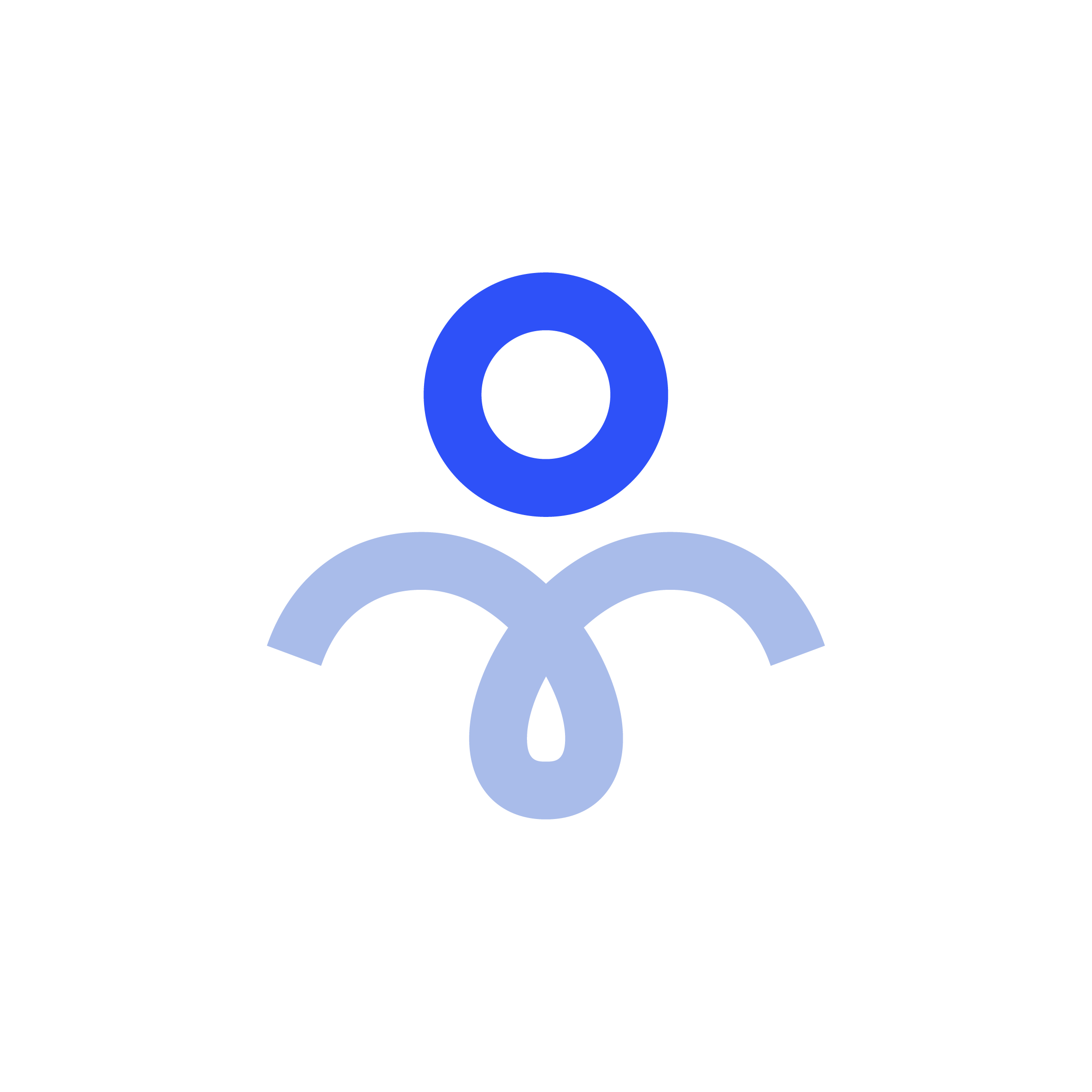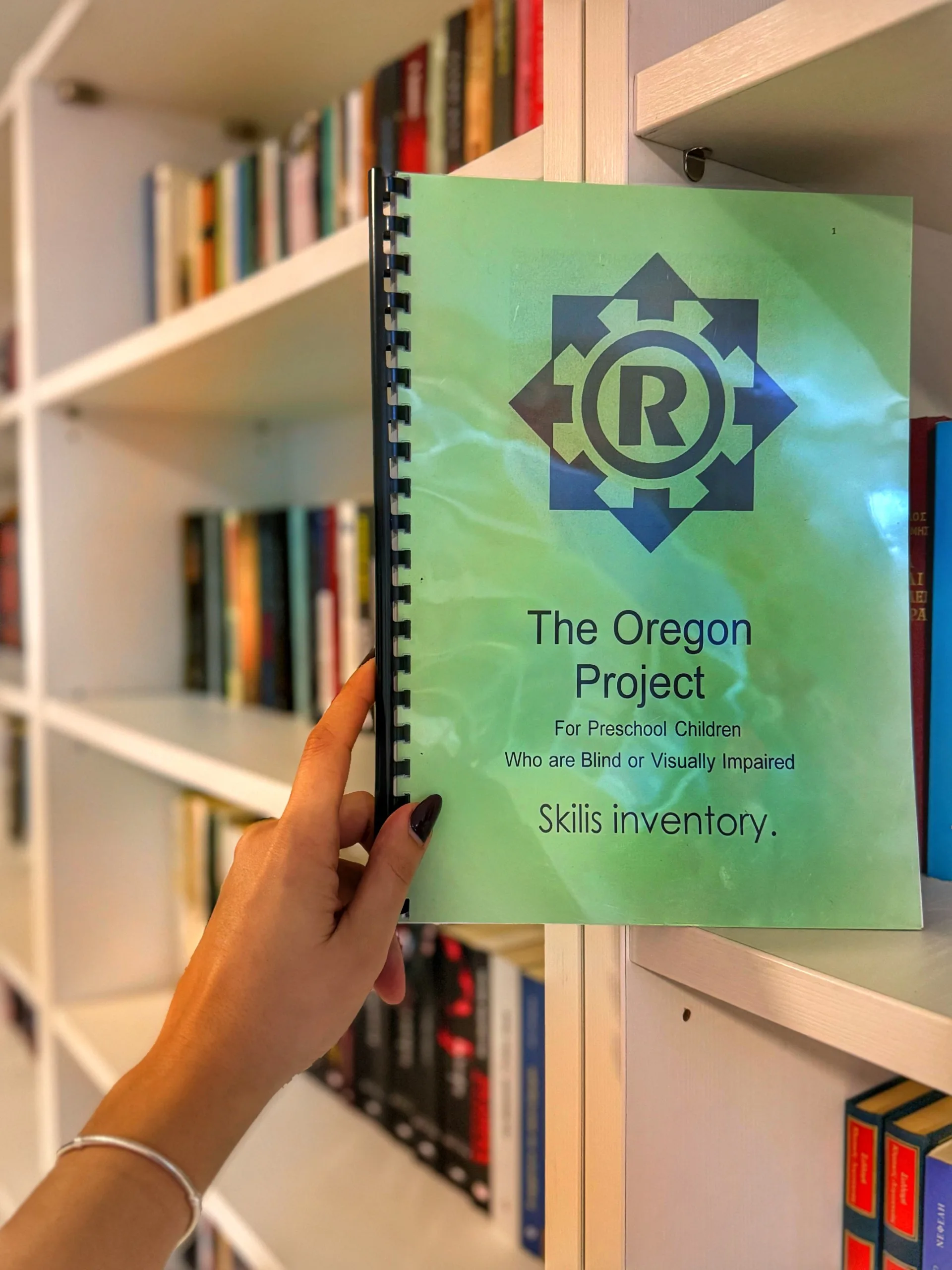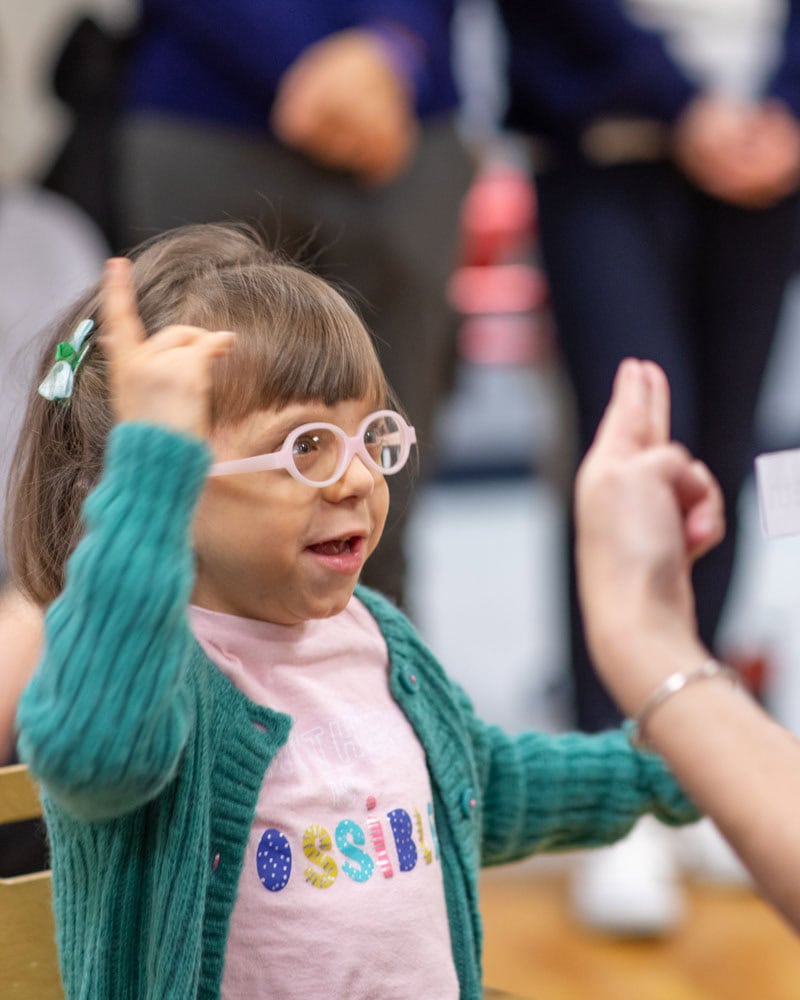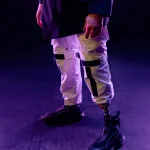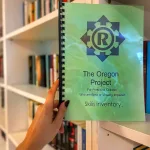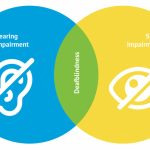The Oregon Project: Supporting Young Children with Vision Impairments.
Understanding the Oregon Project for Preschool Children with Visual Impairments.
Are you a teacher or professional working with young children with visual impairments? Do you ever feel the need for an assessment tool that provides not only clear descriptions of the behaviors and skills being evaluated but also practical steps to address them? What about a resource that outlines developmental stages in a structured, easy-to-follow way, while also fostering collaboration with families in a meaningful and accessible manner? If so, the Oregon Project might be exactly what you’ve been looking for.
The Oregon Project for Preschool Children who are Blind or Visually Impaired, as the original title suggests, (often referred to as simply the Oregon Project) is a comprehensive assessment and curriculum guide designed to support the development of young children with visual impairments. Created by experts in the fields of early childhood education, visual impairment, and child development, the Oregon Project is widely recognized as an essential tool for professionals working with children aged birth to six years.
Purpose and Structure
The primary goal of the Oregon Project is to provide a systematic way to evaluate and enhance the skills of children with visual impairments. It is designed to help educators, therapists, and other professionals create individualized educational plans tailored to each child’s unique needs. The assessment tool also serves as a resource for parents, enabling them to actively participate in their child’s developmental journey.
The Oregon Project consists of several domains that reflect key areas of development, including:
- Cognitive Skills: Focusing on problem-solving, concept development, and early learning foundations.
- Language: Assessing both receptive and expressive communication abilities.
- Compensatory Skills: Addressing adaptive techniques that help children navigate the challenges of visual impairment.
- Self-Help: Evaluating skills related to independence, such as dressing, feeding, and personal hygiene.
- Fine Motor Skills: Developing hand-eye coordination and precise movements.
- Gross Motor Skills: Enhancing physical abilities such as crawling, walking, and balance.
- Socialization: Promoting interactions with peers and adults to foster emotional and social growth.
Each domain is broken down into specific skills, with detailed guidelines for assessment and intervention. The tool also includes suggestions for materials, activities, and strategies that can be adapted to the child’s needs and environment.
Implementation and Benefits
The Oregon Project is typically implemented by a multidisciplinary team of professionals, including teachers of the visually impaired, occupational therapists, speech-language pathologists, and other specialists. The tool’s user-friendly format allows for both formal assessment and ongoing monitoring of progress. This flexibility ensures that interventions can be adjusted as the child develops new skills or faces emerging challenges.
One of the unique features of the Oregon Project is its emphasis on functional skills and real-world applications. By focusing on practical tasks, the tool helps children build the foundation for independent living and lifelong learning. Furthermore, its integration of compensatory strategies empowers children to overcome barriers posed by visual impairment, maximizing their potential.
A Collaborative Resource
The Oregon Project is more than just an assessment tool; it is a collaborative resource that bridges the gap between professionals and families. By fostering communication and shared goals, it ensures that children with visual impairments receive the holistic support they need to thrive.
For more detailed information, strategies, and resources, the complete Oregon Project manual is attached to this article. We encourage you to explore its contents and integrate its principles into your professional practice.
